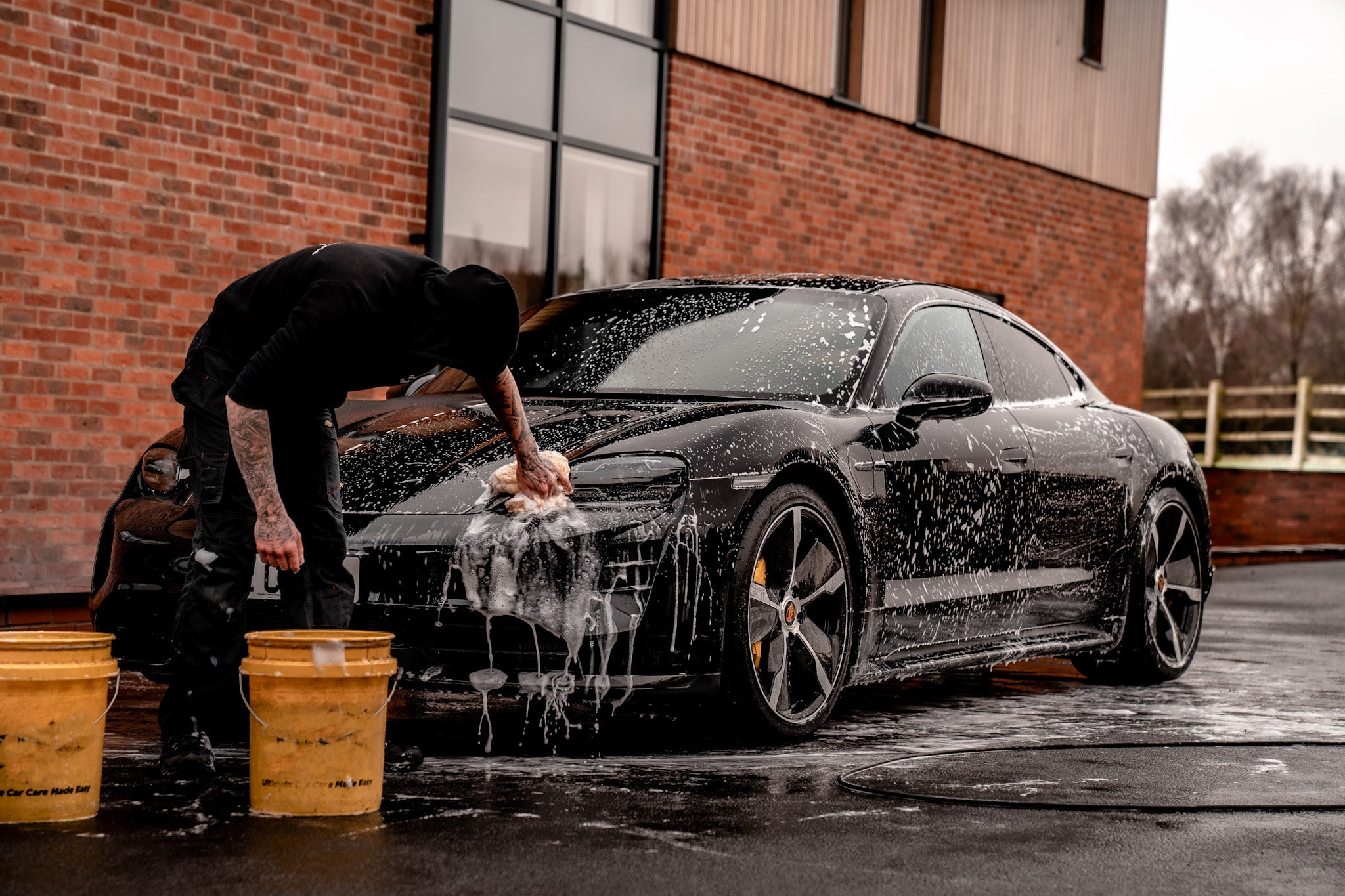A Comprehensive Guide to the Sorts Of Ceramic Covering on the marketplace
Ceramic coatings have actually become an essential service across various markets due to their special homes and applications. From silica-based solutions understood for their effectiveness to crossbreed choices that combine numerous benefits, the choices offered can be frustrating. Understanding the nuances of each kind, including their specific benefits and suitable usage situations, is essential for making educated choices. As we explore the unique attributes and applications of these coatings, the effects for efficiency and longevity end up being significantly obvious, questioning about which type may ideal suit your needs.
Comprehending Ceramic Coatings
Ceramic finishes are innovative protective options that have acquired popularity in different markets, especially in vehicle and aerospace applications. These layers consist of a liquid polymer that, when cured, develops a long lasting, hydrophobic layer externally of the substrate. This layer supplies enhanced resistance to ecological pollutants, UV radiation, and chemical direct exposure, thereby extending the life and aesthetic charm of the underlying material.
The basic element of ceramic coverings is silica, which adds to their hardness and toughness. The application procedure commonly includes surface prep work, application of the finishing, and curing, which can be attained with heat or UV light. As soon as treated, ceramic coatings show remarkable bonding residential properties, enabling them to stick highly to a variety of surface areas, including metals, plastics, and glass.
Along with their protective attributes, ceramic finishes also use ease of maintenance. Their hydrophobic nature minimizes the adherence of dirt and gunk, making cleansing simpler and much less regular. Overall, the adoption of ceramic coatings represents a significant advancement in surface security technology, offering both useful and aesthetic advantages across several sectors.
Kinds Of Ceramic Coatings
Numerous types of ceramic finishes are readily available, each developed to fulfill specific performance demands and applications - Auto Detailing. The most typical kinds consist of:
Silica-based Coatings: These coatings mainly include silicon dioxide and are known for their sturdiness and chemical resistance. They are extensively used in automobile and commercial applications.
Titanium Dioxide Coatings: Prominent for their photocatalytic properties, titanium dioxide layers are frequently applied in environments where self-cleaning and antifungal homes are preferable, such as in structure materials and auto coatings.
Zirconia Coatings: Defined by their high-temperature stability and thermal resistance, zirconia finishes are used in applications such as generator engines and high-performance automobile components.
Alumina Coatings: Exhibiting superb solidity and thermal security, alumina finishings are often made use of in wear-resistant applications, including cutting devices and commercial equipment. - Car Detailing
Hybrid Coatings: Integrating the buildings of various products, crossbreed coverings provide boosted performance qualities, making them suitable for one-of-a-kind and requiring applications.
Each kind of ceramic finishing offers distinct objectives, allowing customers to choose the most proper solution based on details environmental problems and performance requirements.
Advantages of Ceramic Coatings
Ceramic layers, in particular, offer many advantages that make them significantly popular among makers and customers alike. These layers are resistant to scratches, chemicals, and UV rays, guaranteeing that the underlying surface stays safeguarded over time.
In addition to toughness, ceramic coverings offer exceptional hydrophobic residential or commercial properties, permitting simple cleansing and upkeep. This water-repellent nature lessens the adherence of dust, crud, and various other impurities, which can lengthen the visual appeal and functionality of the surface. Additionally, ceramic finishes can substantially boost click this thermal resistance, making them excellent for applications that sustain heats.

Application Refine
When applying ceramic coverings, a precise approach is crucial to accomplish ideal results. A tidy surface guarantees appropriate attachment of the covering.
Once the surface area is prepped, the following action is to use the ceramic finish. This can be done making use of an applicator pad or a microfiber cloth, making certain also insurance coverage. It is important to work in little areas to preserve control and protect against early healing. The covering ought to be applied Home Page in thin layers, as thicker applications can cause irregular finishes.
After application, the layer requires a details curing time, commonly ranging from a few hours to a complete day, depending on the product. Adhering to these actions diligently will maximize the efficiency and longevity of the ceramic layer, giving a sturdy protective layer for the surface.
Maintenance and Long Life
To make certain the longevity and performance of a ceramic layer, routine upkeep is crucial. Ceramic coverings, recognized for their toughness and safety top qualities, require certain treatment routines to maximize their life-span and performance.
Along with normal cleaning, routine inspections are critical. Look for indications of wear or damages, such as hydrophobic buildings reducing or surface blemishes. If required, a light polish might be used to rejuvenate the finish without stripping it away.
In addition, the application of a booster spray can enhance the covering's hydrophobic effects and restore its gloss. This is particularly helpful for finishings that have actually remained in usage for a prolonged duration. Inevitably, by sticking to these maintenance methods, one can significantly expand go to this web-site the life of a ceramic finish, making sure that it remains to offer optimum security versus ecological elements and keep the aesthetic appeal of the automobile.
Conclusion
